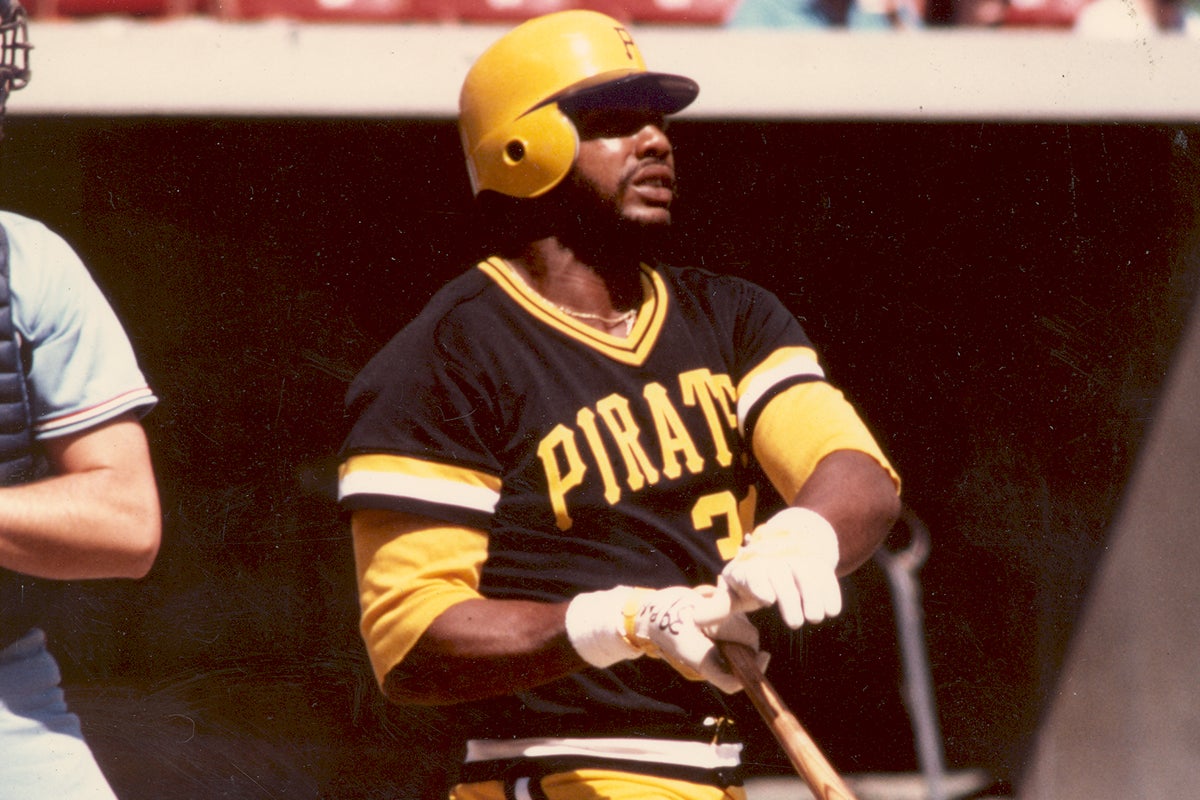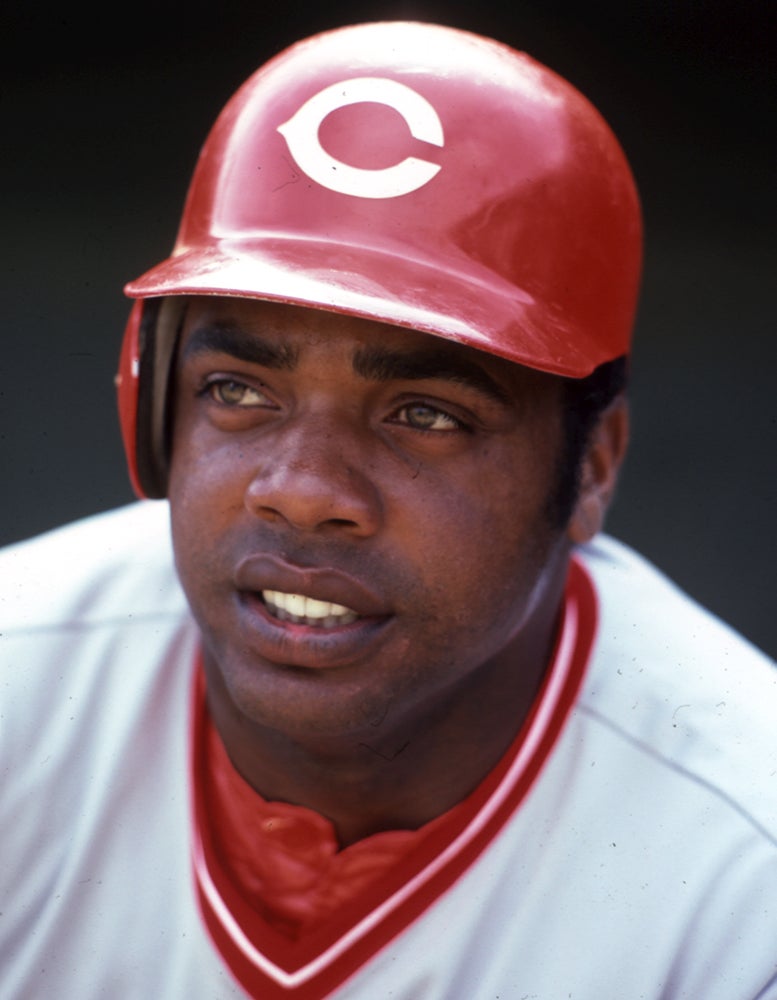- Home
- Our Stories
- Parker’s legacy to continue in Cooperstown
Parker’s legacy to continue in Cooperstown
The moment played over the closing credits of the highlight show This Week in Baseball for years. The place was the Seattle Kingdome, the event the 1979 All-Star Game.
Dave Parker, dressed in the all-gold Pittsburgh Pirates uniform, fields a one-bounce single off the bat of Graig Nettles and fires a laser-beam throw home. Gary Carter catches it on the fly and tags out runner Brian Downing inches from the plate, preserving a 6-6 tie in the ninth inning.
It was the second runner Parker erased on the bases that day, earning him game Most Valuable Player honors. And at that very point, Parker was widely considered to be the best all-around player in baseball.

Parker, 74, passed away June 28, 2025, after battling Parkinson’s Disease for more than a decade. At his peak, Parker was a five-tool megastar who excelled at all phases of the game.
“We join the baseball family in remembering Dave Parker. His legacy will be one of courage and leadership, matched only by his outstanding accomplishments on the field,” said Jane Forbes Clark, Chairman of the National Baseball Hall of Fame and Museum. “His election to the Hall of Fame in December brought great joy to him, his family and all the fans who marveled at his remarkable abilities. We will honor his incredible life and career at next month’s Induction Ceremony in Cooperstown, where his legacy will be remembered forever.”
Born June 9, 1951, in Grenada, Miss., David Gene Parker was raised in Cincinnati and spent hours at Crosley Field watching Reds legends Frank Robinson and Vada Pinson. A standout high school football player, Parker injured his knee during his senior year and was sidelined through the baseball season. Without much of a track record, the athletic Parker – who would grow to 6-foot-5 and 225 pounds – fell to the 14th round of the 1970 MLB Draft, where he was selected by the Pirates.
With his knee finally healed, Parker tore through the minor leagues and debuted in Pittsburgh in July of 1973. Six months before, legendary Pirates right fielder Roberto Clemente had perished in a plane crash. Now, the team had the player who would succeed Clemente – and possess several of his on-field talents.
By 1975, Parker was a regular and led the National League in slugging percentage. Two years later, he topped all NL batters with a .338 average while recording 26 assists, the most by any right fielder since Clemente had the same number in 1961. Then in 1978, Parker won the NL Most Valuable Player Award after leading the league in batting average (.334), OPS (.979) and total bases (340). During that season, he broke his cheekbone after colliding with Mets catcher John Stearns at a play at the plate but returned just two weeks later wearing a hockey goalie mask and later a football facemask.
He soon signed a contract worth a reported $1 million a year then led the Pirates to the postseason after his 1979 All-Star Game heroics. He hit .333 in the NLCS vs. the Reds and .345 in the World Series vs. the Orioles, helping Pittsburgh win the title.

After another All-Star season in 1980, however, Parker’s career was sidetracked due to injuries, weight gain and recreational substance abuse. He was the target of boos – and at one time a battery thrown from the Three Rivers Stadium stands – by Pirates fans, and when Parker’s contract expired following the 1983 season he returned home to play for the Reds.
It turned into the rebirth of his career as Parker hit like his vintage self for four years, especially in 1985 when he led the NL in doubles (42), RBI (125) and total bases (350) while finishing second in the league’s MVP balloting. After averaging 26 home runs and 108 RBI per season for the Reds, Parker was traded to Oakland, where he helped the A’s win two pennants and the 1989 World Series. Parker was named the AL’s Outstanding Designated Hitter in 1989 and repeated that honor in 1990 when he was with the Brewers before ending his career with the Angels and Blue Jays in 1991.
Over 19 seasons, Parker earned seven All-Star Game selections, three Gold Glove Awards and three Silver Slugger Awards to go with a .290 batting average, 339 home runs and 1,493 RBI.
He was elected to the Hall of Fame on Dec. 8, 2024.

